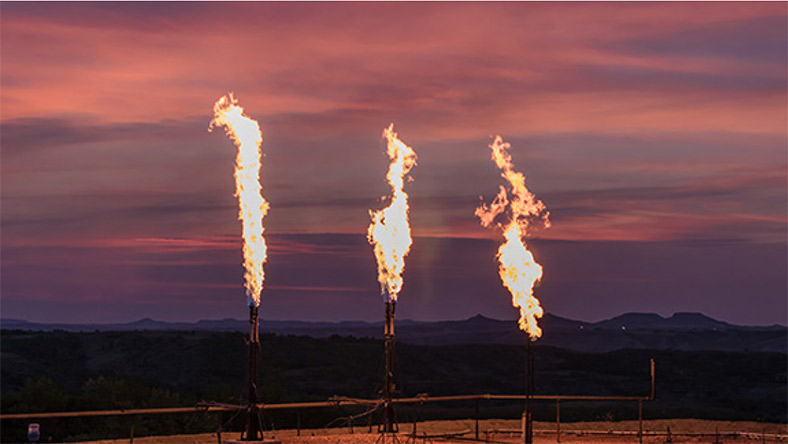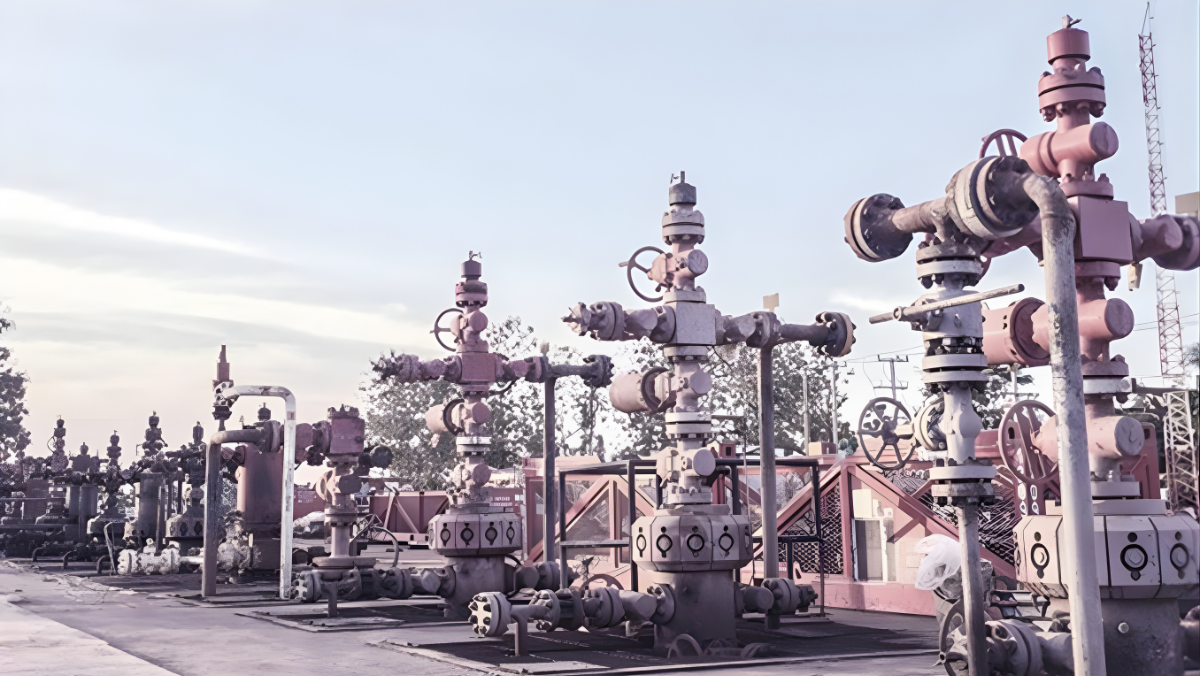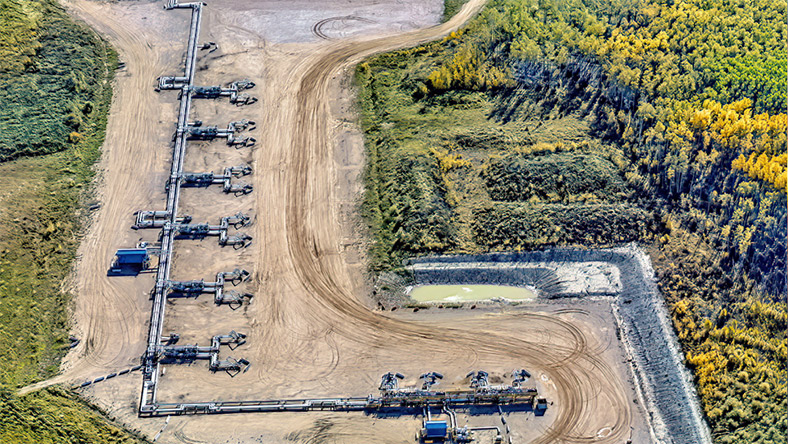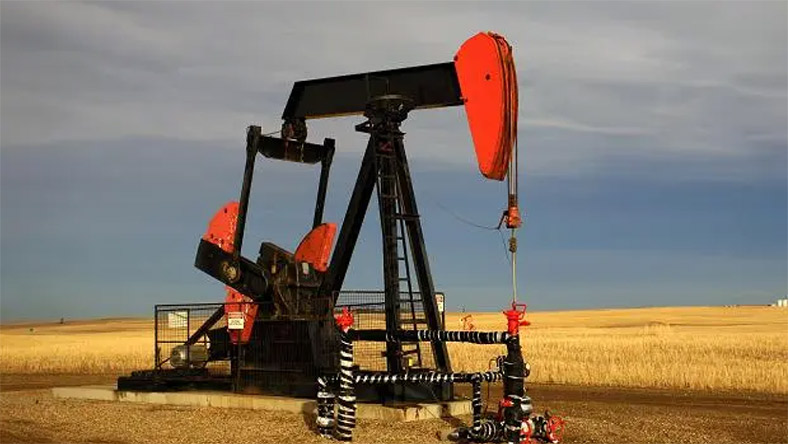REGULATORY
Alberta’s New Bet on Flaring: Flexibility Over Limits
Province drops its solution-gas flaring limit as Ottawa presses methane cuts and global flaring climbs to a new high.
22 Jun 2025

Alberta has removed its provincial cap on solution-gas flaring, shifting instead to site-level controls under its existing carbon regulation framework.
The Alberta Energy Regulator announced the change in June through an update to Directive 060, following government direction. The revision ends a ceiling of 670mn cubic metres a year that had been exceeded repeatedly. Reuters reported that 912.7mn cubic metres were flared in 2024, about 36 per cent above the limit.
“Getting rid of the rule doesn’t get rid of the problem,” said Amanda Bryant of the Pembina Institute, arguing that gas-capture alternatives are available to producers.
Officials stressed that emissions oversight remains in place. Large emitters continue to fall under Alberta’s Technology Innovation and Emissions Reduction regulation, an output-based carbon pricing and crediting system established through the Emissions Management and Climate Resilience Act.
The policy change comes as global flaring rises. The World Bank reported that 151bn cubic metres of gas were flared worldwide in 2024, the highest level since 2007, releasing an estimated 389mn tonnes of carbon dioxide equivalent when methane is included. The Bank has urged governments to end routine flaring by 2030.
Producers in Alberta are pursuing technological solutions. The Pathways Alliance, a group including Cenovus, Canadian Natural and Suncor, is advancing plans for a C$16.6bn to C$16.8bn carbon capture and storage network linking more than 20 oil sands facilities to a 400km pipeline and storage hub near Cold Lake. The initiative forms part of a net zero strategy for 2050.
Canada has endorsed the Global Methane Pledge to cut emissions 30 per cent from 2020 levels by 2030 and has set a domestic target of reducing oil and gas methane at least 75 per cent from 2012 levels within the same timeframe. Ottawa’s broader methane plan seeks a more than 35 per cent reduction across the economy by 2030.
By replacing a province-wide cap with performance-based oversight, Alberta requires producers to demonstrate effective controls at individual facilities. Whether this flexibility results in faster reductions will depend on how quickly companies expand proven gas capture and monitoring technologies.
Latest News
10 Nov 2025
New Force Rises in North America’s Artificial-Lift Game22 Aug 2025
Can Shrouds Be the Fix for Gas-Prone Wells?14 Aug 2025
Local Hubs, Faster Fixes: Inside Alberta's Service Network4 Aug 2025
Automation Becomes the Backbone of Canada's Energy Future
Related News

INSIGHTS
10 Nov 2025
New Force Rises in North America’s Artificial-Lift Game

RESEARCH
22 Aug 2025
Can Shrouds Be the Fix for Gas-Prone Wells?

INSIGHTS
14 Aug 2025
Local Hubs, Faster Fixes: Inside Alberta's Service Network
SUBSCRIBE FOR UPDATES
By submitting, you agree to receive email communications from the event organizers, including upcoming promotions and discounted tickets, news, and access to related events.